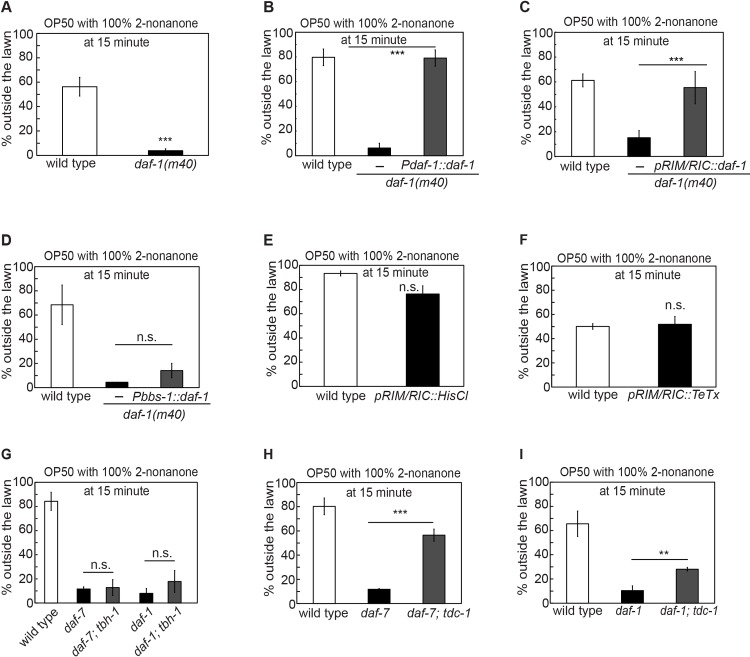Fig 4. The TGF-β receptor DAF-1 acts in the RIM and RIC neurons to mediate 2-nonanone-dependent food leaving.
(A-D) Mutating daf-1 that encodes the type I TGF-β receptor delays the decision to leave the OP50 lawn paired with 100% 2-nonanone (A, n = 8 and 9 assays for wild type and daf-1 mutant, respectively), and expressing the genomic DNA of daf-1 (B, n = 6 assays each) or a wild-type daf-1 cDNA in the RIM and RIC neurons (C, n = 6, 6 and 5 assays for wild type, transgenic animals and non-transgenic siblings, respectively) in the daf-1(m40) mutant animals rescues the delayed decision, but expressing wild-type daf-1 in the sensory neurons (D, n = 3, 5 and 2 assays for wild type, transgenic animals and non-transgenic siblings, respectively) does not rescue. Mutants are compared with wild type and transgenic animals are compared with non-transgenic siblings with Student t-test. (E-F) Inhibiting the activity of the RIM and RIC neurons by selectively expressing a histamine-gated chloride channel (E, n = 2 and 4 assays for wild type and transgenic animals, respectively) or blocking the synaptic release from these neurons by selectively expressing the tetanus toxin (F, n = 2 assays each) does not alter the decision to leave the OP50 food lawn paired with 100% 2-nonanone. Transgenic animals are compared with wild type. (G-I) Removing octopamine signaling in the daf-7(e1372) or daf-1(m40) mutants with a mutation that disrupts biosynthesis of octopamine tbh-1(ok1196) does not suppress the delayed leaving from the OP50 lawn paired with 100% 2-nonanone (G, n = 6 assays for wild type; n = 4 assays for daf-7 mutants; n = 2 assays for daf-1 mutants; n = 3 assays for daf-7;tbh-1 double mutants; n = 2 assays for daf-1;tbh-1 double mutants), but removing the tyramine and the octopamine signals with the mutation in tdc-1(ok914) in either the daf-7(e1372) (H, n = 6, 5 and 4 assays for wild type, daf-7 mutants and daf-7;tdc-1 double mutants, respectively) or the daf-1(m40) (I, n = 5, 4 and 5 assays for wild type, daf-1 mutants and daf-1;tdc-1 double mutants, respectively) mutant animals suppresses the delayed-decision phenotype in either of the mutant animals. Double mutants were compared with the respective single mutants using student’s t test. Each bar graph reports the average percentage of worms outside the lawn 15 minutes after the start of the assay. Mean ± SEM, ** p ≤ 0.01, *** p ≤ 0.001, n.s.; not significant.

